Portions of this article were excerpted from Long Trail News articles written by Reed McCracken, owner of CCOutdoorStore.com, and Harry Chen, MD, Vermont Commissioner of Health.
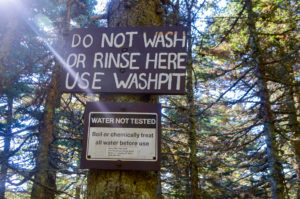 Nothing can spoil a backcountry trip faster than gastrointestinal illness – vomiting, diarrhea, and cramps – caused by drinking water contaminated with animal or human waste. Even if the water looks clean, it can carry bacteria, viruses, and protozoa. Giardia is one of the best-known risks from drinking untreated or poorly treated water, but it’s far from the only one.
Nothing can spoil a backcountry trip faster than gastrointestinal illness – vomiting, diarrhea, and cramps – caused by drinking water contaminated with animal or human waste. Even if the water looks clean, it can carry bacteria, viruses, and protozoa. Giardia is one of the best-known risks from drinking untreated or poorly treated water, but it’s far from the only one.
There are four common, affordable and readily available water treatments: boiling, filtration, chemical treatment, and ultraviolet purification. When choosing, consider effectiveness, ease of use, weight, taste, and cost. While most water sources on the Long Trail are relatively clean, pre-straining sediment and particulates will make these treatments more effective.
Boiling
Boiling water for one minute will make it safe. It’s a great option when preparing meals, or just a cup of tea or coffee in the backcountry. It requires a stove, pot, and extra fuel that will add weight and volume to your pack. It also requires extra setup and treatment time.
Filtration
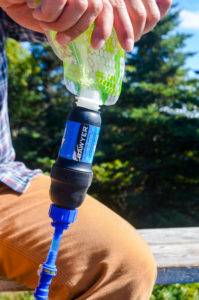 Filtration is the most common treatment. Most users pump water through a ceramic or microfiber-carbon combination filter to remove bacteria, cysts, and sediment, yielding clean and tasteless water.
Filtration is the most common treatment. Most users pump water through a ceramic or microfiber-carbon combination filter to remove bacteria, cysts, and sediment, yielding clean and tasteless water.
Pumps work quickly and with little effort. Most pumps weigh from ten to twelve ounces and filter about two hundred gallons before the filter element needs replacement. The bestselling backcountry micro filter pumps cost $75 to $100.
A gravity filter lets gravity move untreated water through a filter to a clean reservoir. This eliminates pumping, enabling treatment of large quantities of water fast and easily. This option is a favorite for groups and base camps because a gallon of water can be treated in as little as two and a half minutes. Expect to pay a little more for a gravity system, typically $90 to $130.
Light and compact straw filters allow users to pull untreated water through a filter with their mouths. Straw filters are a simple and low-cost option for individuals, costing from $20 to $25 apiece. Also popular is a mini “squeeze” filter operated with a soft water bottle that costs about $40.
Chemical Treatments
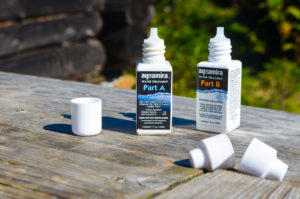 Chemical treatments in the form of tablets or drops are readily available. Great for emergency use on day hikes, you won’t even notice them in your pack. Most chemicals expire within a year of opening, so keep an eye on the expiration date. Concentrated chemicals can be hazardous even after expiration, so please dispose of them properly.
Chemical treatments in the form of tablets or drops are readily available. Great for emergency use on day hikes, you won’t even notice them in your pack. Most chemicals expire within a year of opening, so keep an eye on the expiration date. Concentrated chemicals can be hazardous even after expiration, so please dispose of them properly.
A small bottle of iodine tablets costs about $7, and will treat about twenty-five quarts of water. But iodine has an unpleasant taste, so you may want to buy these in a pack including taste neutralizer tablets, which increases the cost to about $11. Iodine takes approximately thirty minutes to take effect.
Newer chlorine dioxide treatments are almost taste-free, are available for $8 to $15, and treat from three to thirty gallons. While some formulations can work in as little as fifteen minutes, others can take up to four hours.
UV Purifiers
UV Purifiers use ultraviolet light to treat water. The most common UV purifiers work by swirling a UV light “pen” around in a water bottle. The newest ones weigh only 3.5 ounces, very light and compact for backpackers and international travelers. Unless you drop and break it, a UV bulb can treat up to two thousand gallons. Expect to pay $69 to $99 for a battery-powered device that treats a liter of water in ninety seconds.
So what is the best method of treating water in the backcountry?
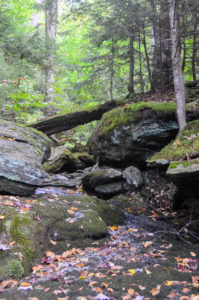 Boiled is best. The safest way to treat questionable water is to bring it to a rolling boil for one minute. This method is highly effective at killing all pathogens–protozoa, bacteria, and viruses alike. At higher altitudes (above 6,562 feet), keep the water boiling for three minutes.
Boiled is best. The safest way to treat questionable water is to bring it to a rolling boil for one minute. This method is highly effective at killing all pathogens–protozoa, bacteria, and viruses alike. At higher altitudes (above 6,562 feet), keep the water boiling for three minutes.
When it comes to other treatment methods, it can get complicated based on what is being treated in the water
If you can’t boil, then filter and disinfect. The most protective combination against the most pathogens is filtration plus disinfection with chlorine dioxide (tablets or drops), chlorine, or iodine.
If you can’t boil, or filter and disinfect, then just disinfect. Chlorine dioxide (tablets or drops) is the best, although more expensive, choice for disinfecting because it’s highly effective against all pathogens except cryptosporidium. Chlorine or iodine is great for bacteria and viruses, but doesn’t work well for giardia and not at all for cryptosporidium. Water treated with iodine is not recommended for pregnant women, people with thyroid problems, or those known to be hypersensitive to iodine. Iodine shouldn’t be continuously consumed by anyone for more than a few weeks.
UV Light? There’s not enough independent field testing data on ultraviolet light systems to recommend the process.
There are many water treatment systems on the market, and the best choice is up to you. The important thing to remember is that water in the backcountry needs to be treated. The days of scooping up and drinking handfuls of fresh, clean water directly from backcountry streams are gone. We all like to remember our best hiking trips, but bringing home a virus or pathogen is not the type of memory that you want to have.
Stay hydrated and happy hiking!



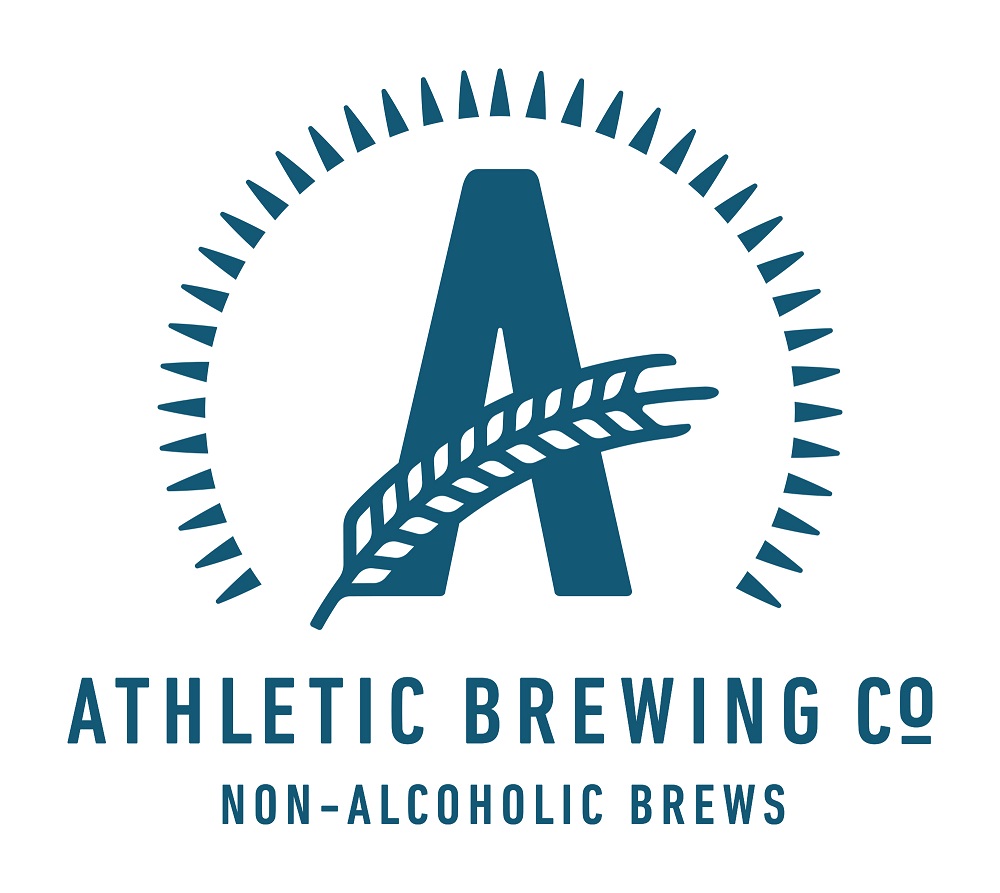
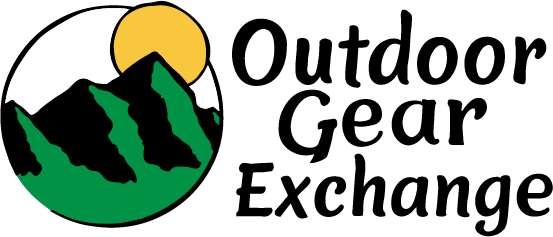







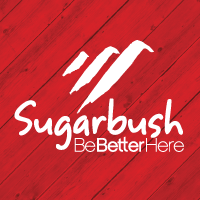






Very interesting article about the UV Purification. Looking forward to your next post about this. Thanks for sharing this
I think you are right having this modern filtration process the most effective way is still boiling. Boiling water is the most affordable way and the safest also. I know that modern technology can make the water crystal clear but boiling can kill all the viruses and bacteria.